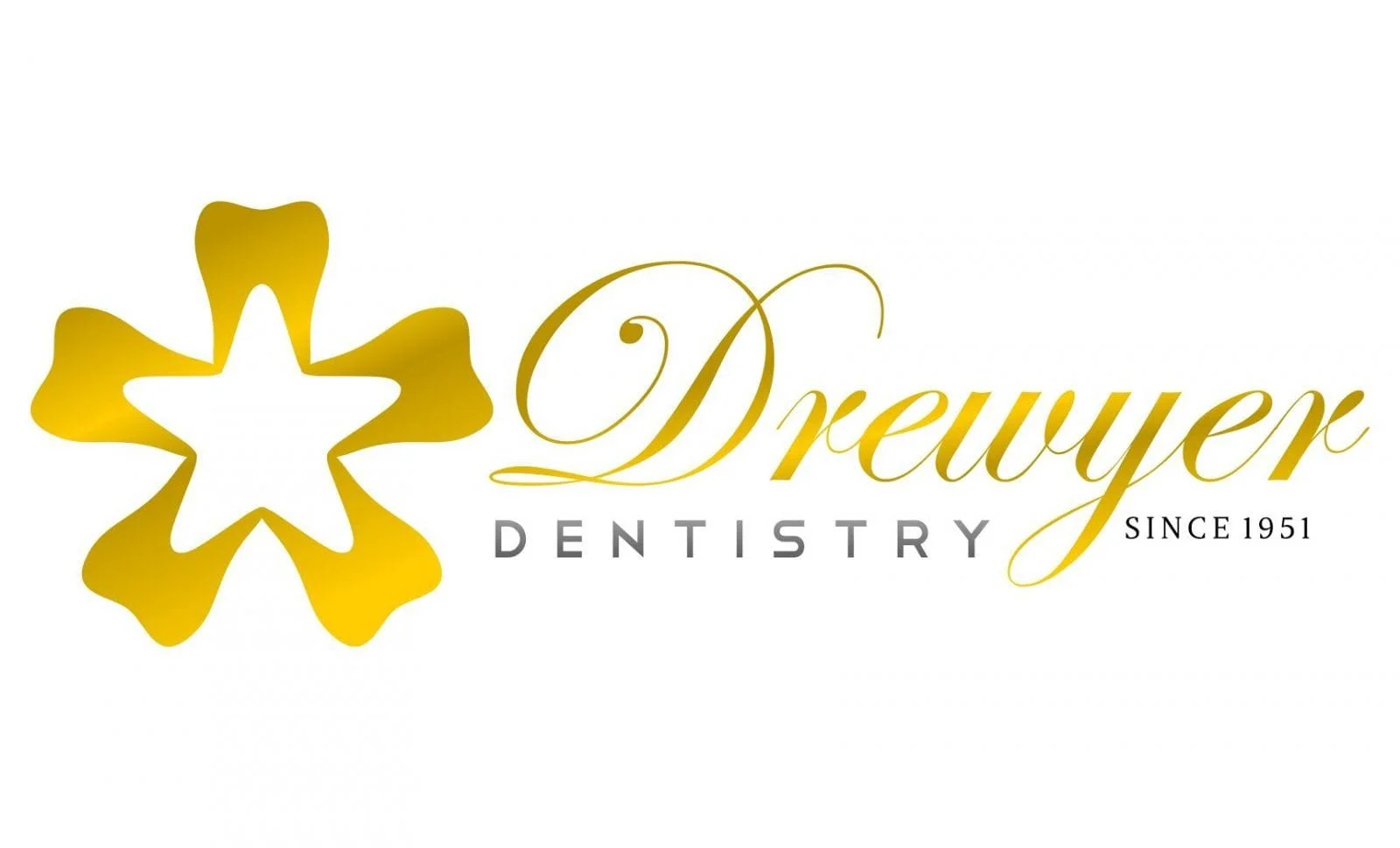One of the most challenging clinical diagnoses is the cracked tooth. Frequently, a patient presents with a chief concern of a chronically sensitive "area", which is to say, a difficult-to-localize-to-one-tooth area that is sensitive. The sensitivity may be to temperature extremes, and will often include a reaction to cold air, sugary sweet things, and biting down or release from biting on chewy leathery tough mouthfuls (bagels, bread crusts). Rarely does an xray indicate a cracked tooth. In fact, I will say that we don't want an xray to show a crack because that would be a crack of very significant consequence, as it would have to be very far along in it's destruction to appear on xray.
Patients can become very "talented" at accommodating a cracked tooth by staying away from the side or the stimulus that creates the pain. Human nature, however, will oft times move in and "re-test" the area to see if it remains a bother, only to elicit the kind of "shooting star" response that keeps future tries few and far between. Cracked teeth rarely present as "spontaneous pain", pain which shows up with no stimulus at all. This type or quality of pain often is associated with an irreversible problem with the nerve of a tooth.
When our patients present with these symptoms, an xray series is created to rule in or out other possible causes like decay or an abcessed nerve. The clinical exam can include an assessment of plaque and bleeding profiles, periodontal probing, exploration of the integrity of any fillings or crowns in the area, a percussion test, a palpations test, air and cool water stimuli, and a series of chew tests in conjunction with an evaluation of the occlusion - how the teeth meet and grind on each other.
Plaque and food accumulation around and between the teeth, especially together with bleeding gums or pus flow, swollen and tender "hyper-red" tissue that is glossy -all can indicate a gum infection which may be the cause of the symptoms. If periodontal probing indicates a loss of attachment around a tooth, this also may be a culprit. If the periodontal pocket is confined to a slim, singular area - this is often associated with a crack, or fault line in the tooth. These problems underscore the value of effective preventive maintenance of healthy teeth and gums, so, in the presence of pain, gum disease can be easily ruled out as a possible culprit.
Certainly a loose filling or crown will lend sensitivity and pain in function and must be ruled out.
If a tooth is exquisitely sensitive to what I call my "rude and obnoxious Lionel Hampton human vibes" test - a sequence of tapping on cusps of teeth to elicit their response, this can often indicate an abcessed tooth as well, especially if in conjunction with swelling and tenderness to the palpation of the gums inside and outside around the tooth.
I can usually isolate the culprit tooth with a directed jet of water and air to the offending area. Teeth within a normal limit of sensitivity will rarely be disagreeable to these stimuli. In fact, portions of an offending tooth that are removed from the area of a crack will not be sensitive - thus helping with identifying the part of the tooth in trouble.
The identification of occlusal interferences, high spots that take too much of a beating in function, whether normal tooth structure or recently placed restorations are often the culprit behind a tooth that is behaving as if cracked and is simply traumatized by normal biting.
I utilize a rubbery straw for the patient to bite on to assist me in identifying which tooth is the potential cracked culprit. A similar, more sturdy and stiff stick is then used to identify which corner, or portion of the tooth is cracked. Patients who pass the chew straw/chew stick tests without sensitivity may still have a cracked tooth, just one that isn't behaving badly enough to warrant immediate treatment.
These tests, along with the views afforded by our intra-oral camera, will provide me with the confidence of knowing which tooth is the obvious offender before initiating treatment.
All of us regularly remind our patients to stay clear of any foods "that make noise." Seriously, though, ice cubes, hard pretzels and nuts, such things and any like them can become "tooth grenades" on the healthiest of teeth. Toss in a history of extensive filling work and the stage can be set for cracking teeth. Patients who chronically grind and clench are also at increased risk for these hazards.
Treatment for cracked teeth can include waiting and watching until the symptoms become even more limiting or painful, waiting for the tooth to fracture (an easy diagnosis!), or initiating treatment with a predictably protective and long lasting crown restoration.
